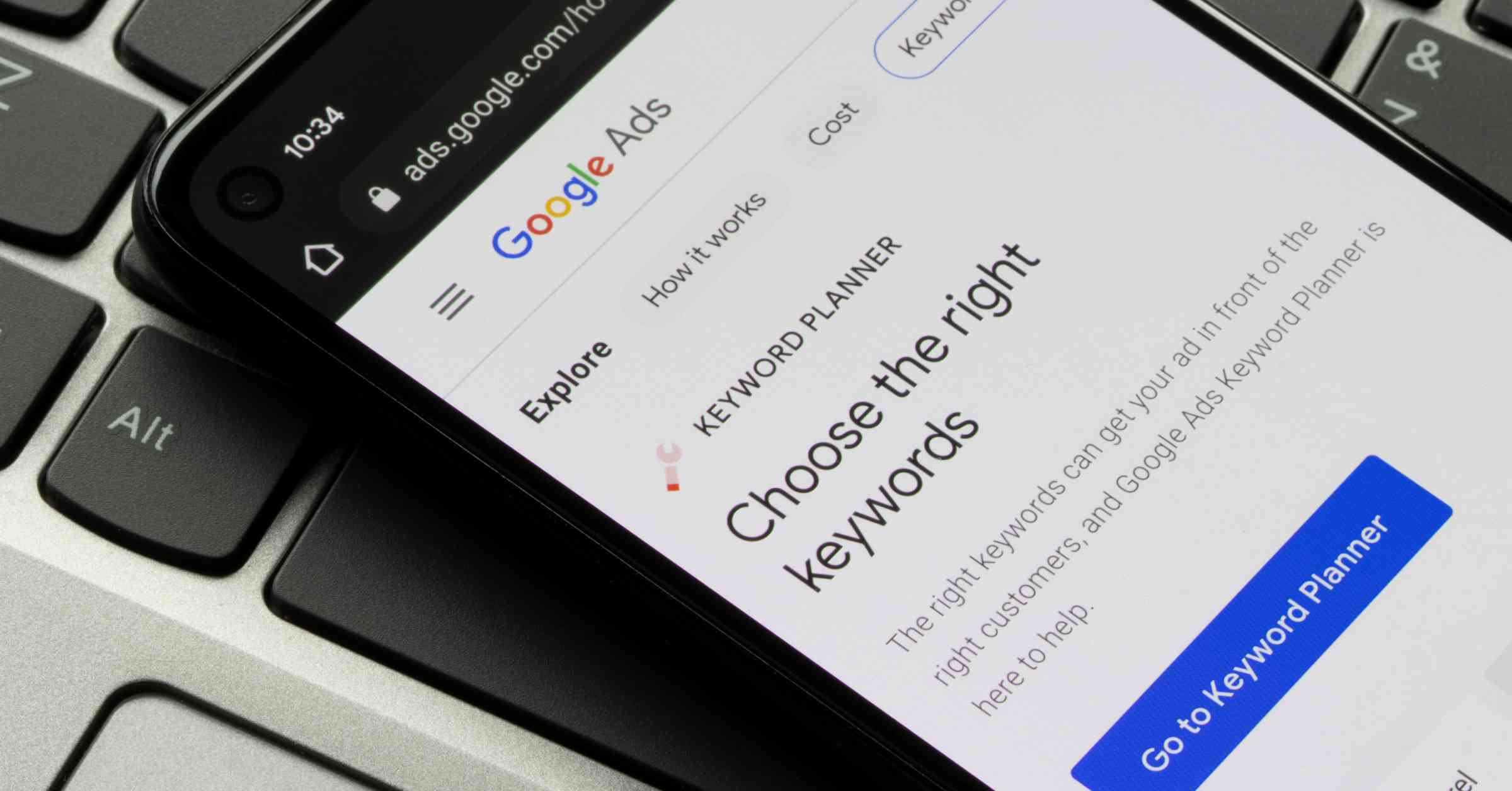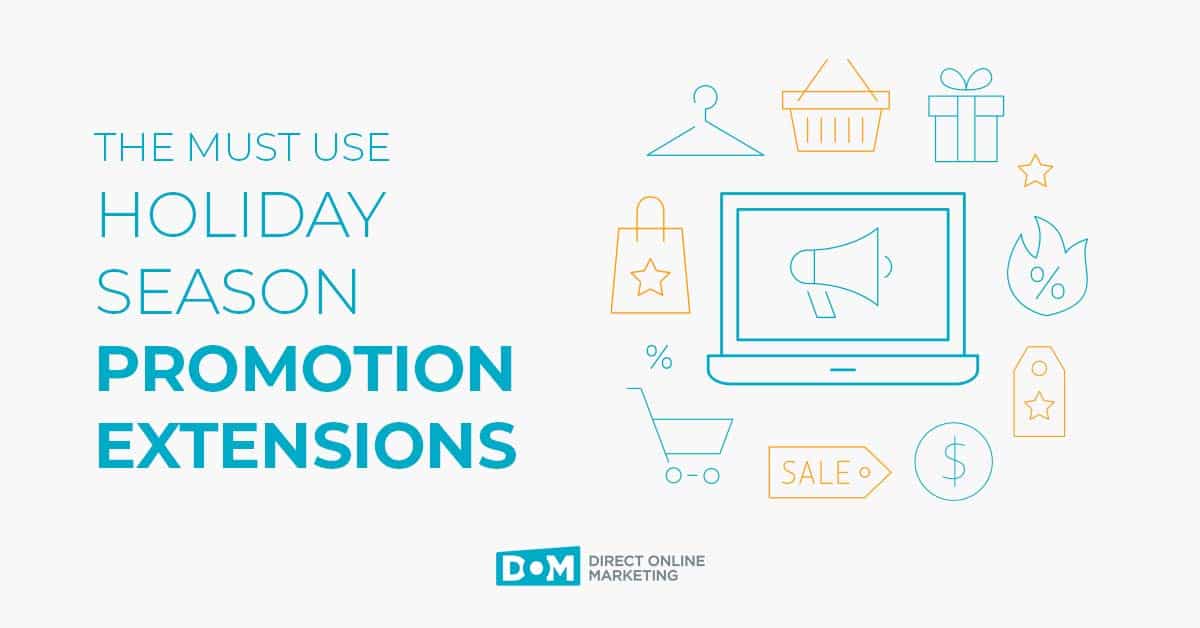If there’s one thing you Americans have mastered, it’s the art of convenience.
From drive thru anything (banks have always been a particular favorite) to video on demand, if there’s a way to make something less difficult and more convenient, you’ll nail it.
Although there has to be an inversely proportional correlation between the amount of energy expended in creating or developing said ‘conveniences’ and using them. After all, one man’s convenience is another man’s stone cold bone idle laziness.
Yup, that’s what I’m talking about.
Now I don’t want you thinking I’m some health and fitness fanatic. Do you think I managed to build my personal blogging empire without the freedom to work in nothing but a slick pair of briefs? My work life balance revolved around sitting up or laying horizontal.
Flicking through the video on demand channels on Comcast is sometimes the most strenuous thing I’ll do on a Sunday apart from rearranging my horizontal position due to pins and needles.
But, trying to find a decent movie by title and description alone involves considerably more hard work than the bored intern who spent all of five seconds writing them in the first place. It’s one thing the end user being a lazy blubber ball if that’s the target demographic, it’s another if the service is even lazier. The process of choosing a movie through video on demand, if you’re not familiar, is by browsing through a load of movie titles that show a redacted version of the actors and descriptions as you highlight them with the remote and then open up a ‘full description’ should you happen to click on it. The description is often three to four lines long consisting of something along the lines of:
“A group of high school friends go to the beach and find a box that they think may contain hidden treasure. On opening it they find it contains strange powers and strange things start to happen. (127 mins)”
And on, and on, and on it goes with every single movie listing. If your curiosity is sufficiently piqued then you can watch a trailer. If you have jimmy thumbs, you may accidentally click on the buy button and lose $5.99 along with two hours of your life. You have been warned.
Comcast really should ditch their ADD interns and their retarded movie descriptions. How about pulling the descriptions from somewhere like imbd or netflix and having user reviews to boot? It’s not as if they don’t do Internet. Make the process of choosing more immersive, fun and informative and I’ll bet you’ll get more conversions and a higher customer satisfaction score (aka CSAT score). Believe me Comcast when I say your video on demand service sucks the magic out of cinema.
And believe me when I say there’s a similar problem with quite a few PPC campaigns out there. However, one of the main differences between the title and description in a paid search ad and VOD is that the search engines have character limits. As stated in the Google Adwords guidelines:
Your intended headline, text, and URL must fit within the limits below and not be cut off.
Please keep these ad text limits in mind when planning your ads:
* Ad titles are limited to 25 characters.
* The two description lines and display URL are limited to 35 characters each.
The whole purpose of a paid search ad is to be relevant and interesting enough to spark sufficient interest in the searcher to see what lies behind the ad and gather more information. A properly managed pay per click campaign will have created a specific landing page for the ad giving the searcher ample information and a call to action to do something further. In the case of video on demand services it is to purchase the movie.
Imagine if VOD was run like a top notch pay per click campaign that had the film title with a brief description telling you the type of film it was and pointing out any major awards or great reviews. You could have the average user rating in there, too. Once you’ve got them interested enough to click through to the main description, or landing page, you can then expand upon that information with a decent synopsis, more reviews, a video box to watch the trailer, and a whopping great big “watch now” button underneath it. Man, I may even sit up straight for some of that stuff.
The key thing to all of this is that you’re providing the information to the user to make it more convenient for the user to make an informed decision whether to make a purchase.
It’s about making the user’s life more convenient, not yours Comcast.


